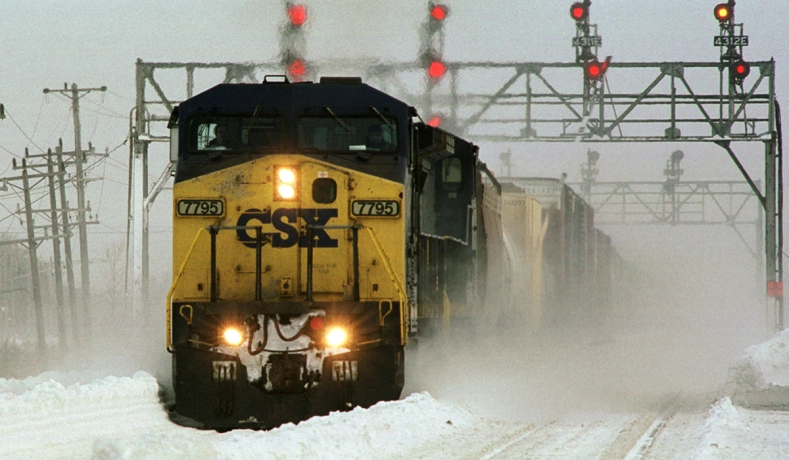Talk of a railroad strike hearkens back to an earlier time. The Pullman Strike features in most American-history courses, and the Great Railroad Strike of 1922 lasted two months and ground the nation’s transportation system to a halt.
While the idea of a railroad strike may seem antiquated, the railroads themselves never went away. Though their place in public perception has waned, since they are mostly not used for passenger transportation anymore, they remain vital for transporting about one-third of American exports. Since deregulation in 1980, freight rates have fallen, safety has improved, and private investment has led to innovation in technology and maintenance of thousands of miles of rail infrastructure.
The specter of strikes has largely disappeared because of the Railway Labor Act. Passed in 1926 after multiple large-scale service disruptions in the decades prior, Congress listed as its first purpose in passing the RLA “to avoid any interruption to commerce.” It did so by creating a special set of processes, unique to railroads (with airlines added later), for labor disputes to be resolved through negotiation, mediation, and arbitration, rather than strikes or lockouts. The RLA is far from perfect, but it has largely been successful in achieving its primary goal, with national rail strikes being few and far between since its enactment.
In the freight-rail labor negotiations that are currently center stage, the entire process under the RLA has already played out over the past three years. Negotiations began for the current contract, which covers the five-year period from 2020 through the end of 2024, in November 2019. They were interrupted by the pandemic, but RLA labor contracts do not expire, so the status quo has held while the new contract has been worked out. Railroads and unions were far apart on basic questions of wages and benefits.
Congress Should Act to Prevent a Rail Strike




